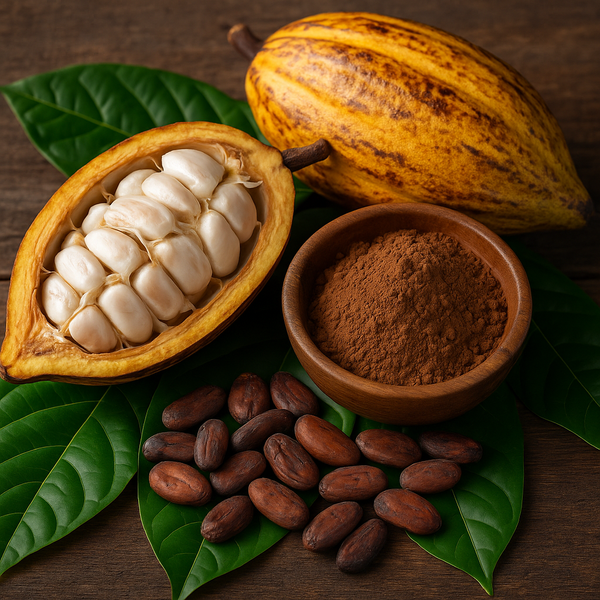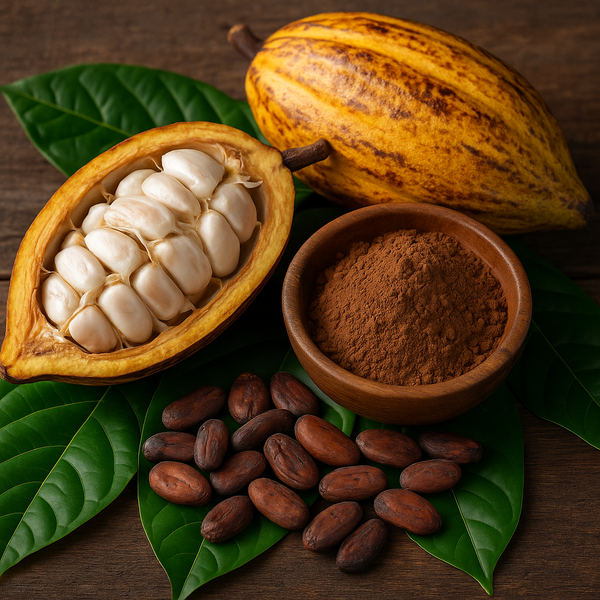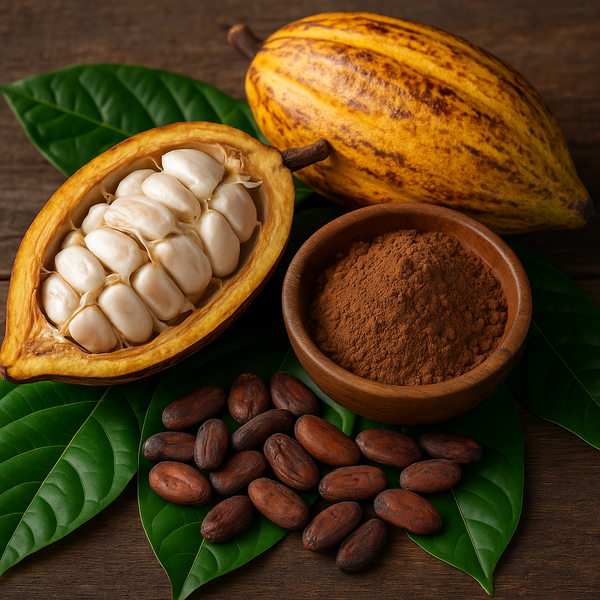Weather Overview (14–20 Oct 2025)

1️⃣ Total Rainfall (mm):
- The southern cocoa belts of Côte d’Ivoire and Ghana received between 25–75 mm, with localized zones (especially in southern Ghana and southwestern Côte d’Ivoire) reaching 100–150 mm.
- This indicates moderate to strong rains across key cocoa regions, sustaining adequate soil moisture for pod filling.
2️⃣ Rainfall Anomaly (mm):
- Slight positive anomalies (+10 to +50 mm) in southern Côte d’Ivoire and Ghana suggest rainfall was above average for this time of year.
- Some localized deficits (−10 to −25 mm) appear in eastern Ghana and central Côte d’Ivoire — mild, not yet drought-indicative.
3️⃣ Percent of Normal Rainfall (%):
- Most cocoa-growing areas show 110–200% of normal rainfall, confirming stronger-than-normal rains.
- This could delay drying of harvested pods but benefits late main crop development.
- The forest–savanna transition zone (center of both countries) saw near-normal (80–120%) conditions.
🌱 Cocoa Crop Implications
| Factor | Impact |
|---|---|
| Pod filling & bean development | Positive – steady moisture supports good bean size and weight. |
| Harvesting & drying | Challenging in wetter areas (esp. coastal zones); higher risk of mold and quality loss. |
| Flowering for next mid-crop | Stable humidity favors continued flowering, supporting the early 2026 mid-crop. |
| Disease risk (Black Pod) | Elevated due to persistent rainfall and high humidity. Farmers will need strong phytosanitary vigilance. |
🌤 Regional Summary
- Côte d’Ivoire: Above-normal rains continue in the southwest (Soubre, San Pedro). Central belt stable.
- Ghana: Moderate surpluses along the southern and western zones (Ashanti, Western North), with minor deficits eastward.
- Nigeria & Cameroon: Also above-normal rainfall, extending favorable soil moisture regionally.







